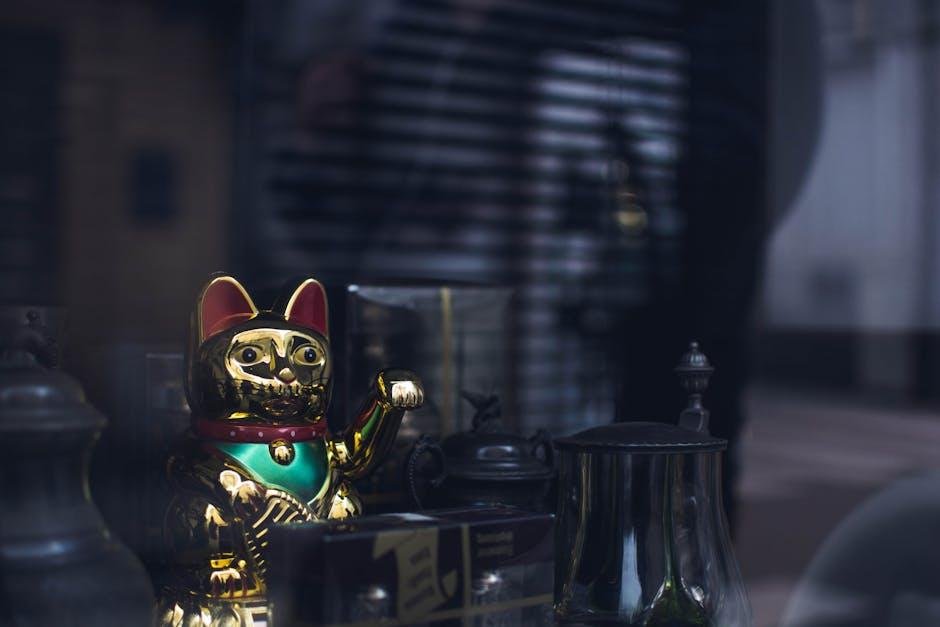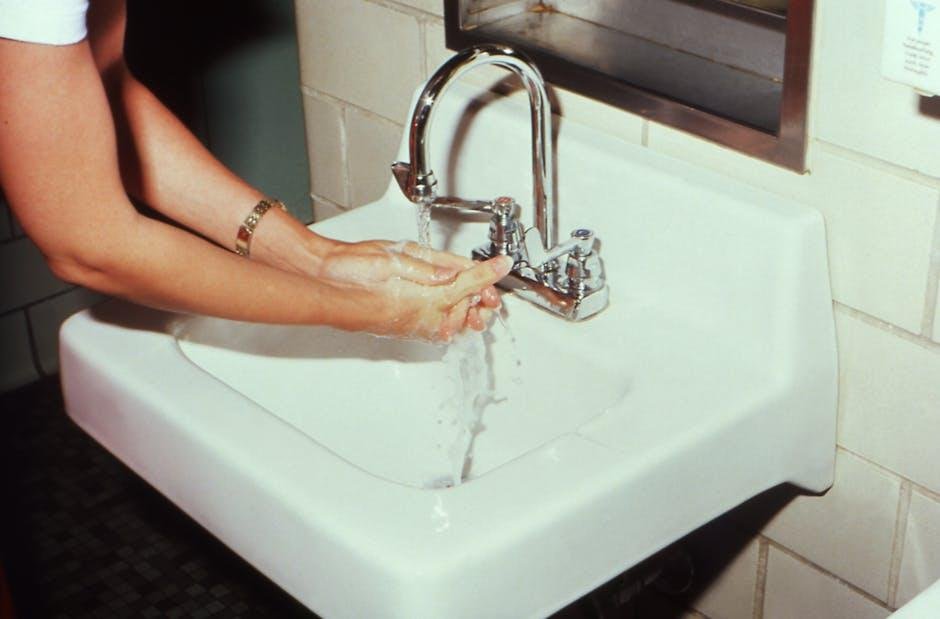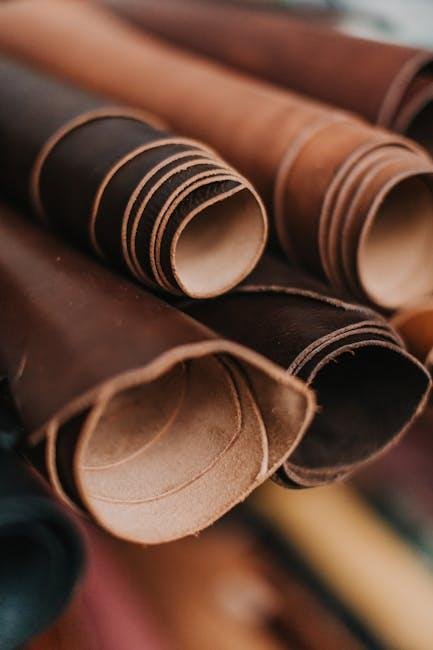In a world where teh rush of modernity often overshadows the whispers of the past, vintage and antique pieces stand as timeless sentinels, each telling a story woven through history. From the exquisite detailing of an Art Deco lamp to the rustic charm of an early American farmhouse table, these treasures carry not just aesthetic allure but also a deep-rooted heritage that connects us to previous generations. However, preserving the beauty and integrity of these cherished items requires more than mere admiration; it calls for careful stewardship. In this article, we delve into the essential practices of caring for vintage and antique pieces, equipping collectors and enthusiasts alike with the knowledge needed to ensure their longevity. Whether you’re a seasoned connoisseur or a curious novice, join us as we explore the delicate balance of maintaining the past while nurturing the promise of its future.
Understanding the Value of Vintage and Antique Items
When we delve into the realm of vintage and antique items, we uncover a rich tapestry of history and artistry that transcends time. These treasures hold not only aesthetic value but also a engaging story that connects us to the past. Each piece reflects the craftsmanship, culture, and societal norms of the era in which it was created, making them unique artifacts of human experience. Investing in vintage and antique items can offer individuals a chance to own a piece of history, often leading to gratitude in value over time. Whether it be a beautifully crafted piece of furniture or a delicate porcelain figurine, these items embody a narrative that modern mass-produced goods lack.
Understanding the true worth of these items often requires a keen eye and a discerning approach. It’s essential to consider factors such as authenticity, condition, and rarity when evaluating vintage and antique pieces. Here are some key points to keep in mind:
- Authenticity: Verify the item’s origin and whether it has any provenance.
- Condition: Inspect for wear, restoration, or damage that may affect value.
- Rarity: Consider how many similar pieces exist; rarity often enhances value.
Moreover, a well-preserved vintage or antique item can serve as an investment, increasing in value through careful attention and maintenance. Factors like proper storage, controlled climate, and gentle cleaning can considerably contribute to the longevity of these pieces. In the table below, we outline some common materials and their recommended care practices:
| Material | Care Tips |
|---|---|
| Wood | Avoid direct sunlight; use furniture polish. |
| Metal | Regularly dust; use a soft cloth to prevent scratching. |
| Textiles | Store in a cool, dry place; avoid mothballs. |
| Glass | Use gentle glass cleaner; avoid abrasive materials. |

Essential Cleaning Techniques to Preserve Timeless Beauty
Maintaining the charm of vintage and antique pieces requires a delicate balance of technique and care. Begin with a thorough, gentle dusting using a soft, lint-free cloth or a feather duster to remove surface dust without scratching the finish. For wooden items, apply a natural polish made from equal parts of olive oil and vinegar to nourish the wood and enhance its luster. Ensure to test any cleaning solution on a small hidden area to avoid unwanted damage. When cleaning metal pieces, avoid harsh chemicals; instead, consider using a paste made from baking soda and water for tarnished surfaces, buffing it gently with a soft cloth until the shine is restored.
To delve deeper, it’s essential to understand the materials at play. Certain fabrics may require special attention, such as silk or velvet, which can fade or degrade with improper cleaning. Here’s a quick guide to various materials and their cleaning methods:
| Material | Cleaning Method |
|---|---|
| wood | Dust lightly; polish with olive oil and vinegar. |
| Metal | Use baking soda paste; buff gently. |
| Fabric | Vacuum, spot clean, or consult a professional. |
| Glass | Wipe with a damp cloth and glass cleaner. |
for ceramics and porcelain, take extra precautions by cleaning with a damp cloth and a mild soap solution, ensuring you avoid submerging items in water. Periodically inspect your cherished objects for any signs of wear or damage, as early detection can prevent further deterioration. With these essential techniques, your vintage and antique pieces can continue to tell their stories for generations to come.

Restoration vs. Conservation: Making informed Decisions
The choice between restoration and conservation frequently enough hinges on the specific needs of the vintage or antique piece in question. Restoration aims to return an item to its original condition, often involving significant alterations or replacements, which can enhance the aesthetic but risks losing the original character. Conversely, conservation focuses on preserving the existing form and materials without making drastic changes. This approach embodies a philosophy of maintaining past integrity while ensuring the piece remains functional and safe for display. The decision ultimately requires careful consideration of the item’s significance, value, and intended use.
To assist in making informed decisions, consider the following factors:
- Historical Value: Does the piece have significant provenance or a unique story that should remain intact?
- Aesthetic Integrity: How important is the original appearance and craftsmanship?
- Functional Use: Will the item be used regularly, or is it primarily for display?
- Budget: What financial resources are available for restoration or conservation efforts?
| Aspect | Restoration | Conservation |
|---|---|---|
| Goal | return to original condition | Preserve existing state |
| Approach | Active intervention | Preventive measures |
| Impact on Value | Can increase market value | Maintains historical value |
| Risk | Potential loss of originality | May not resolve all issues |

Creating the Ideal Environment for Your Treasures
To ensure that your vintage and antique pieces remain in impeccable condition, it is crucial to create a tailored environment that protects them from potential damage. start by controlling the temperature and humidity levels in the space where these treasures are kept. Sudden fluctuations can cause materials like wood to warp or fabrics to deteriorate. Ideal conditions typically range from 60-75°F (15-24°C) for temperature and 30-50% relative humidity. Using a dehumidifier or air conditioner can definitely help maintain these levels, especially in damp climates.
Lighting plays a significant role in preserving the integrity of your antiques. Direct sunlight can fade colors and weaken materials over time, so utilizing soft, diffused lighting is essential. Consider the following tips for optimal lighting:
- Use curtains or UV-filtering shades on windows.
- Incorporate LED lights, which produce less heat and are UV-free.
- avoid fluorescent bulbs, as they emit harmful wavelengths.
| Environmental Factor | Ideal Conditions |
|---|---|
| Temperature | 60-75°F (15-24°C) |
| Humidity | 30-50% Relative Humidity |
| Lighting | Soft, diffused light; avoid direct sunlight |
The way Forward
As we conclude our exploration of caring for vintage and antique pieces, it’s clear that these treasures are more than mere objects; they are tangible links to the past, filled with stories and history. By embracing the art of preservation, you not only protect their intrinsic beauty but also honor the craftsmanship and memories woven into their very essence. Whether you’re a seasoned collector or a curious newcomer,remember that each piece deserves thoughtful attention and a touch of love. With the right care, these timeless artifacts can continue to inspire and connect us across generations. So, as you embark on your journey of stewardship, may you find joy in each restoration project and satisfaction in the knowledge that you are preserving a piece of history for future generations to appreciate.Happy caring!
